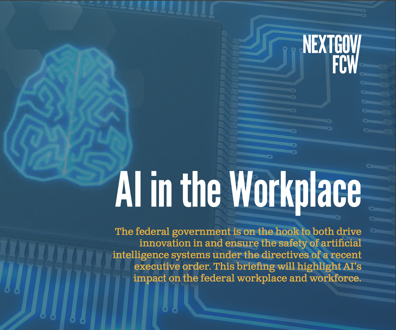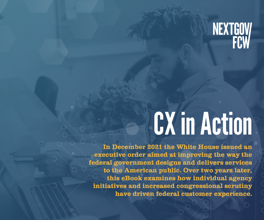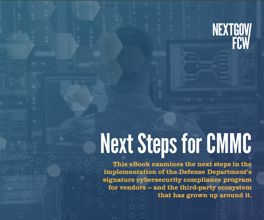Beyond the lab: Government innovation in unlikely places
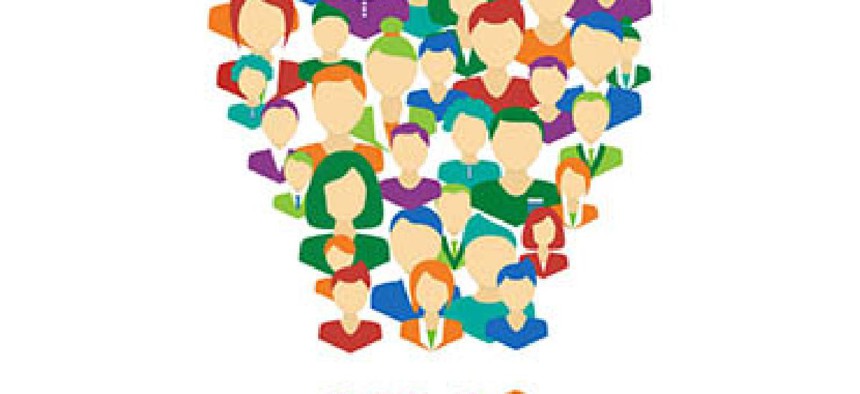
Dedicated innovation shops are in vogue, but a culture of user-centered thinking can be put to work in any corner of government.
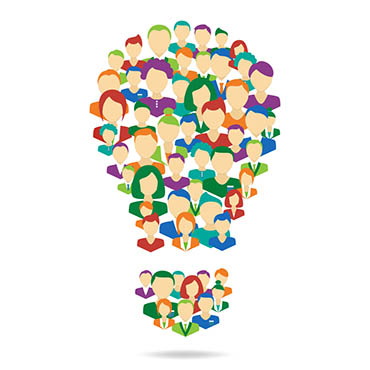
Innovation is often thought of as the flashy solutions generated from dedicated units whose sole purpose is to bring creative thinking to tackle big problems.
While there is certainly a place for these types of organizations and goals, innovation -- and the creativity that goes along with it -- can be applied to a myriad of organizational issues that may not garner the same attention. In addition, client feedback and user-centered thinking are valuable sources of innovation, which anyone can tap.
Innovation might not be the first thing that comes to mind when thinking of training or loan repayment or immigration information, but that's exactly what's taking place with meaningful improvements for end users. Just consider these examples:
- In the Air Force Civil Engineers Office of the Chief Financial Officer, the training team meets regularly to hold idea sessions. The sessions, hosted by CFO Roger Bick, combine brainstorming with design thinking and help to shape upcoming learning events. Everyone on the team contributes, from the newest employees to the CFO himself.
The sessions have led the team to develop new means for delivering and promoting training with measurable results. The technical failure rate of virtual training has dropped from 32 percent to less than 1 percent. The office is now training more than 30,000 people, up from 7,000. And most importantly, the quality of the training has improved. As Mr. Bick advises, "when you allow freedom to innovate and diminish the barriers of bureaucracy, you'll achieve high-octane results."
- At Citizenship and Immigration Services, the Customer Service team led by Mariela Melero recognized the potential value of the agency's website and redesigned the online portal, myUSCIS. Visitors jumped from 209 to 182,000 in a year. However, the redesign was only one component. The team also launched Emma, a virtual assistant that helps to answer visitors' inquiries. Every month Emma is answering nearly 500,000 questions with a 90 percent success rate.
- The Department of Health and Human Services recognizes that important innovations come from more than just the HHS Idea Lab. Through contests, the department incents all HHS employees to tackle issues with innovation. Such was the case with the National Health Service Corps and NURSE Corps Loan Repayment Programs -- a seemingly improbable place for innovation. By reengineering the program, they reduced the processing time for loan repayment by six months and saved more than $3 million.
Every organization, department and individual employee has the opportunity to make a real impact on end users through innovation. Organizations should look to instill an innovative mindset -- a culture of questioning, creating and testing -- throughout the entire agency, from top to bottom and across functionality.
More importantly, this innovation should be done through the lens of end-users via their feedback and experiences. Already, in pockets across government, those who are willing and insightful enough to apply innovation in unlikely places have seen significant results.
